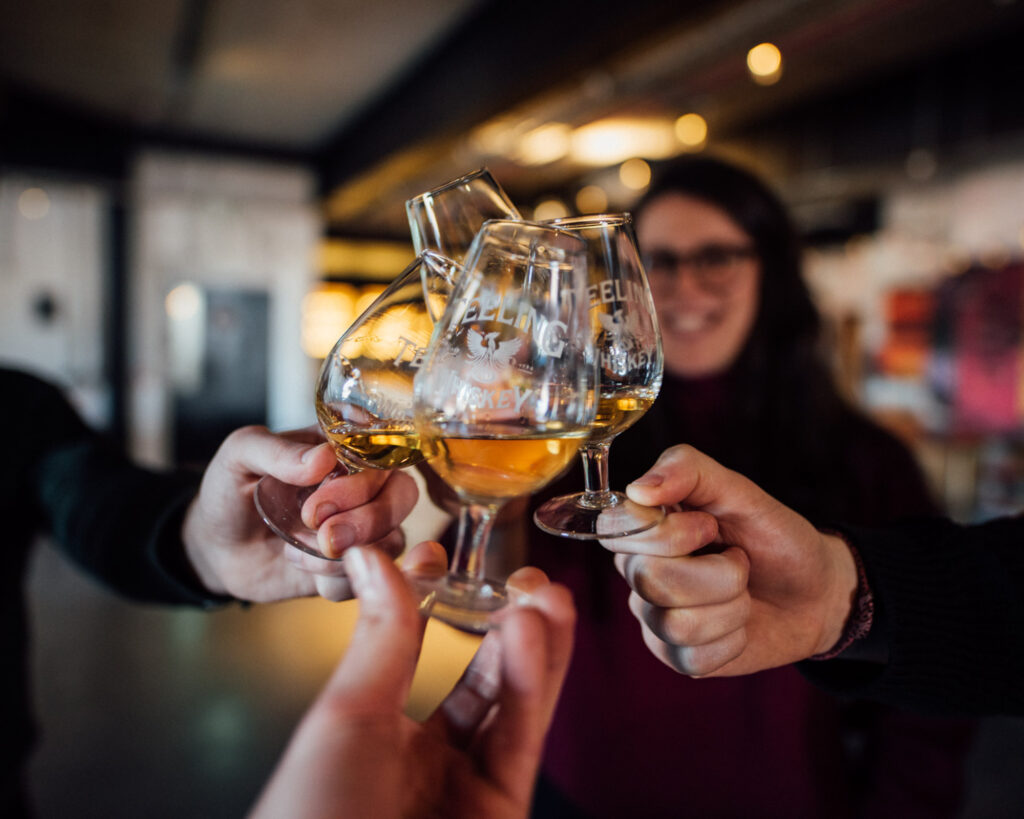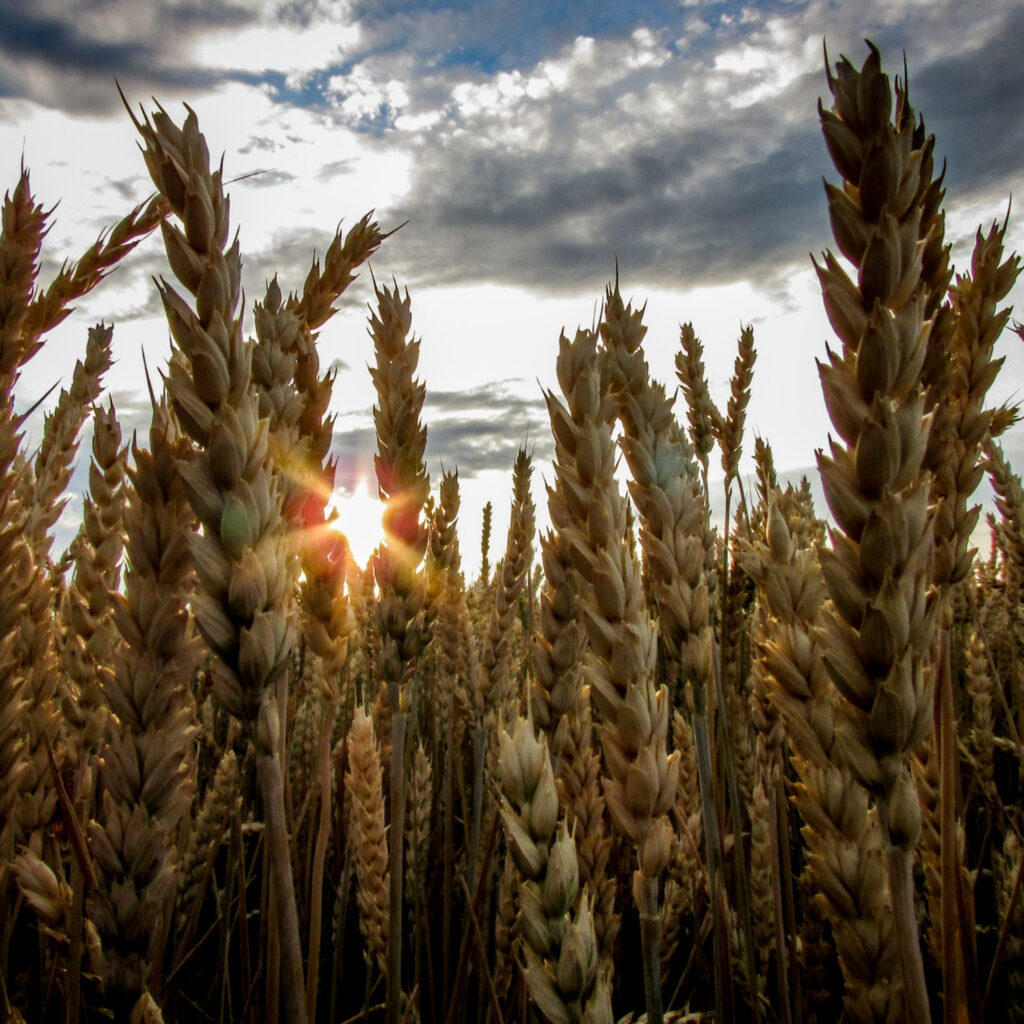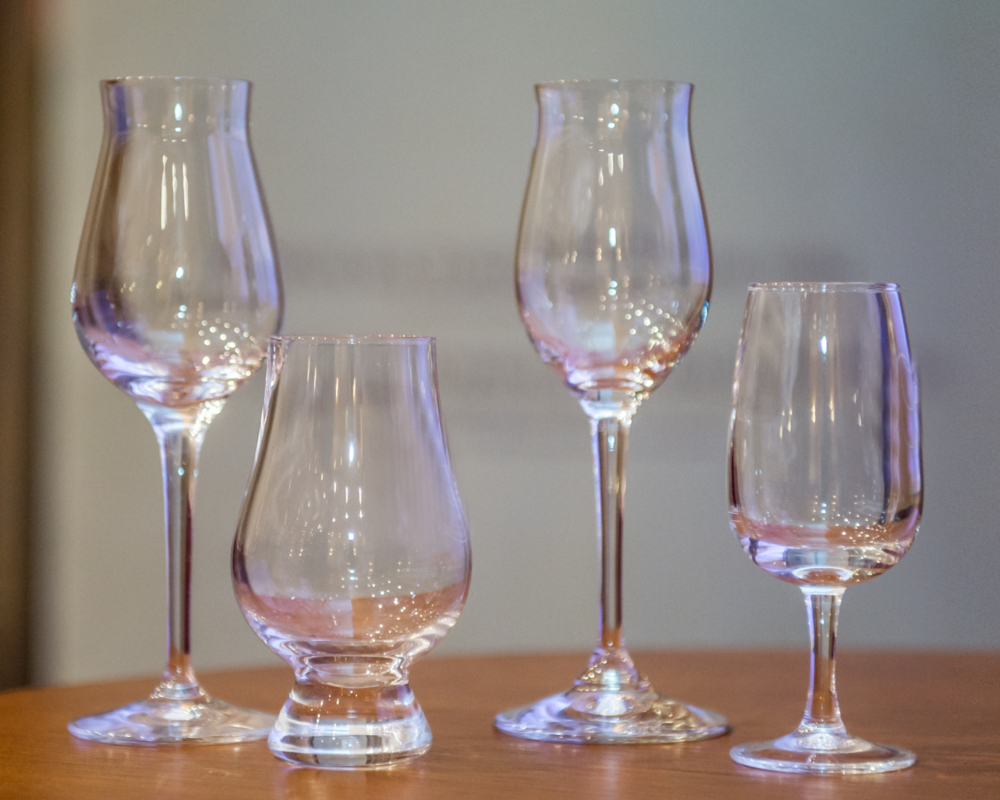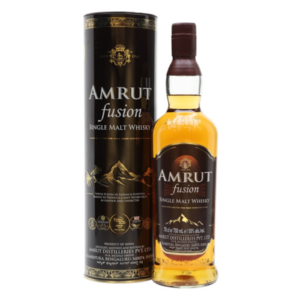What is Whisky (Whiskey)? The Beginner’s Guide to Whisky

Whisky, whiskey, bourbon, Scotch, Irish, blended, single malt, rye, etc. There are many types of whisky that you can see in the world today. Often they have a big taste difference, but their production is very similar. If it is a single malt, it does not make any difference where it comes from, the production process is the same everywhere. Only the slight details will be different, and those details will make magic. But let’s start from the beginning.
What is whisky?
There are a few rules every whisky follows. It has to be made from grains (the type of grains with other factors will defy the category), yeast, and water. It can not have any additives but one. Caramel coloring E150A is there not to change the flavour – only the color. Its purpose is to even the color of each batch of whisky. If a distiller doesn’t add caramel, it usually states that on the label.
Barley, corn, rye, and wheat are the most common types of grains used for whisky making. No sugar, fruits, spices, or other flavouring components are allowed. The flavour of the spirit comes from grains, and for most whiskies, it comes from ageing in oak barrels. Many whisky makers indicate it as the most critical part of the process because it might impart up to 70 or 80% of the flavour and aroma. We will talk a bit more about ageing down below.

Barley.
Whisky or whiskey?
In Scotland, it is always called whisky. In Ireland and most of the USA, it is called whiskey. The rest of the world usually calls it whisky, the way scots do.
Non-whisky
We must mention you can find a few non-whiskies around the world, but it will not happen in European Union or the United States because the strict regulations above apply there. Elsewhere you might find spirit drinks from molasses or a mix of molasses and grain spirits that call themselves whisky. For example, India has an enormous local market and their own rules. They have products that are half rum – half whisky, but they are sold as whisky in India only. And we must mention, that India makes some real and wonderful water of life as well, that is available worldwide. Amrut probably is the most famous of them.
Whisky ageing – does whisky age in the bottle?
Some distillers say that whisky ageing is the most important part of the production process. It might give up to 70 or 80% of the flavour and aroma. The ageing happens only in wood casks or barrels, which are usually made from oak. After bottling, the spirit doesn’t age anymore and does not change in the bottle. At least to a better side. One can only spoil it by keeping it in direct sunlight or at a high temperature. So whisky does not age in the bottle.
How long is whisky aged?
If it comes from Europe, it has to be aged at least 3 years, but it is usually much older. If it comes from the US, it might be younger, but the most popular and widely available American whiskies are usually 4 years old.
Non Age Statement Whisky vs Whisky With Age Statement
When it comes to ageing, many factors make the difference. It does not necessarily mean that the older it gets, the better it becomes. “How old would you be if you didn’t know how old you are?”. Many factors affect the maturation process: climate, size of the cask, whether the cask is new or old, what was in it before and so on.
Climate. The higher the temperature, the faster whisky matures. But unfortunately, the hot temperature affects bigger angel’s share. Angel’s share is a part of spirit, which evaporates during the maturation process from the cask in a year. In Scotland or Ireland, the angel’s share is up to 2% in a year. In a hot climate, for example, in Taiwan or India, the angel’s share might even reach up to 20%.

Kavalan Whisky Distillery in Taiwan.
Size of the cask. In small casks, the whisky matures faster because the small casks have a higher surface area ratio to touch the liquid. Some distillers make their own small casks to increase the rate of the maturation process. Swedish whisky pioneers Mackmyra use 30-litre “baby barrels” for some of their products, so they can get the desirable maturation results in a much shorter time.
Is whisky gluten-free? Yes, whisky is gluten-free. It is a distilled spirit, and the gluten does not get into it from the grains from which it is made. Because of that, if whisky does not have any additional flavouring components added, it is considered gluten-free.
Whisky tasting and how to drink whisky?
There are a few things you should keep in mind if you want to experience the maximum of your bottle.
Temperature. Whisky unfolds most of its flavour and aroma at room temperature. If it is too cold, for instance, if you put it in a fridge, it hides some of its flavours. If you taste it warm, it might start showing its alcohol and not the flavours and aromas you want to feel.
Ice or water. Ice will not help in tasting because it cools down the liquid and hides the flavour. A few drops of water might help. Especially if it has a high ABV.
Whisky tasting glass. You might be surprised, but the shape of a tasting glass will affect your impression of the flavour and aroma. Glencairn, tulip, copita, cognac or other similar glasses work best for tasting. It helps to catch the aroma as in a tumbler most of it evaporates into the environment and does not get to your nose.

Tasting glasses.
Does whisky go bad? If stored in a cool, dark place, it should last for hundreds of years. You should hide it from direct sunlight and not let the cork go dry. If it will become dry some of the content of the bottle might evaporate. To avoid that, you can either turn around your bottles once in a while or wrap the top of your bottle with parafilm tape. The tape will keep the oxygen away from your whisky. All these things above are valid for an unopened bottle. Once you open the bottle, you shouldn’t keep it too long and drink it. It will not spoil but will lose some of the flavours and aromas with time.
What is single malt whisky?
There are many legends about single malt and ideas floating around about its nature. But the truth is simple. Besides other regulations, single malt has a few differences from other whiskies. Single means it has to be made in a single distillery and malt means, it has to be made from malted barley. Also, it has to be distilled in copper pot stills and aged for 3 years at least, like other whiskies.
Types of whisky
Blended. It is the most popular type of water of life in Scotland and Ireland. It is made by blending already aged malt and grain whiskies together. Usually lighter in style than single malt or blended malt.
Blended malt. It is a type of whisky, that is made by blending different single malts. It might be more complex than single malt. Compass Box is one of the leaders in that category in the world.
Grain. It is a light and a rather rare type of whisky. It is made from various grains and distilled in a column (continuous) still. Column still produces the lightest whisky. Teeling Single Grain is a wonderful example of that category.
Bourbon. Bourbon has to be made in the USA, and at least 51% of grains used in making it has to be corn. It also has to be aged in new American white oak barrels.
Rye. This type of whisky usually comes from USA and Canada. According to US regulations, it must contain at least 51% of rye. And it has to be aged in new oak barrels.
Tennessee. It has only two differences from bourbon: it has to be made in Tennessee and must be filtered through maple charcoal filters before ageing. Besides that, the production process is the same.
